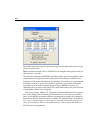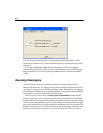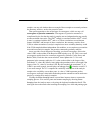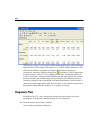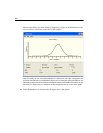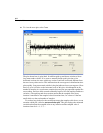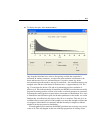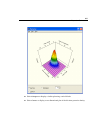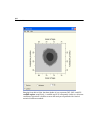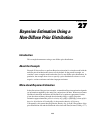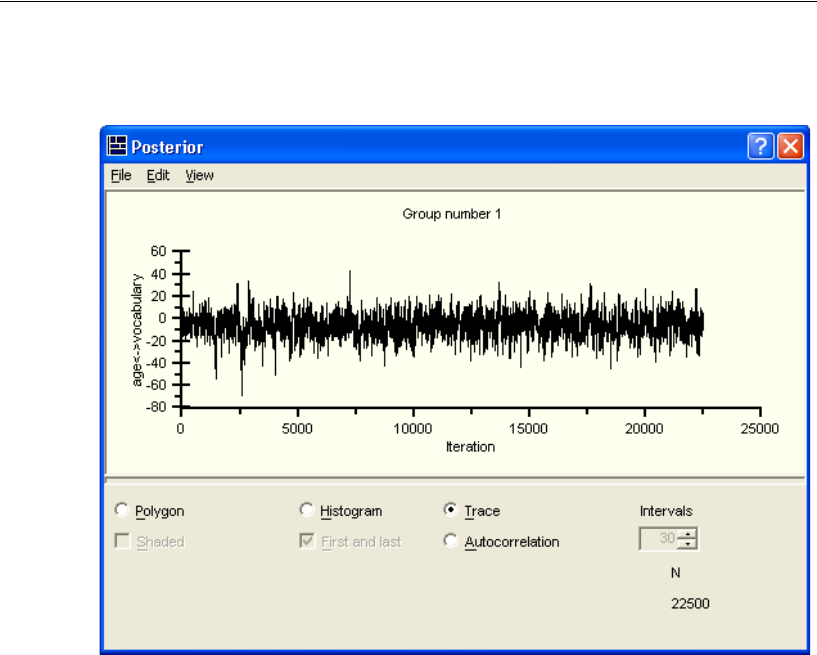
402
Example 26
E To view the trace plot, select Trace.
The plot shown here is quite ideal. It exhibits rapid up-and-down variation with no
long-term trends or drifts. If we were to mentally break up this plot into a few
horizontal sections, the trace within any section would not look much different from
the trace in any other section. This indicates that the convergence in distribution takes
place rapidly. Long-term trends or drifts in the plot indicate slower convergence. (Note
that long-term is relative to the horizontal scale of this plot, which depends on the
number of samples. As we take more samples, the trace plot gets squeezed together like
an accordion, and slow drifts or trends eventually begin to look like rapid up-and-down
variation.) The rapid up-and-down motion means that the sampled value at any
iteration is unrelated to the sampled value k iterations later, for values of k that are
small relative to the total number of samples.
To see how long it takes for the correlations among the samples to die down, we can
examine a third plot, called an autocorrelation plot. This plot displays the estimated
correlation between the sampled value at any iteration and the sampled value k
iterations later for k = 1, 2, 3,….



